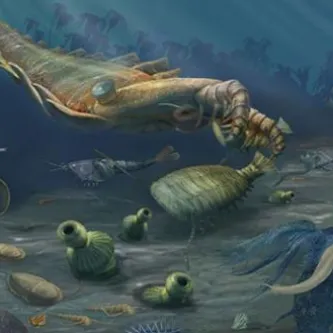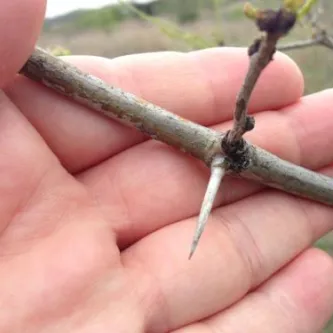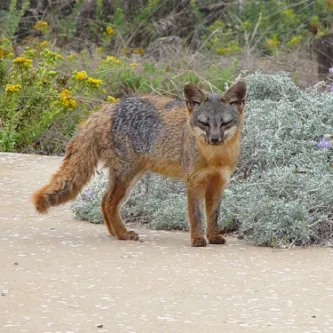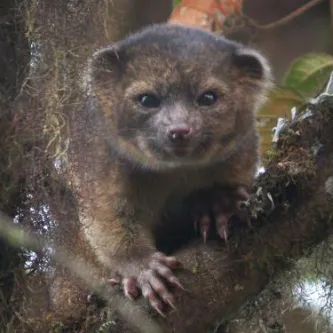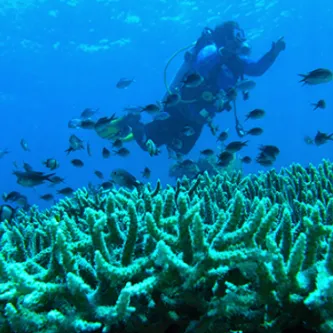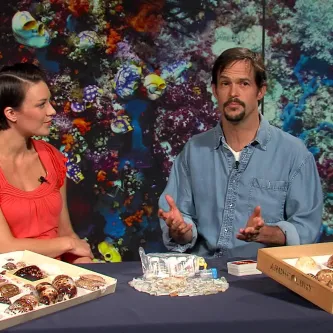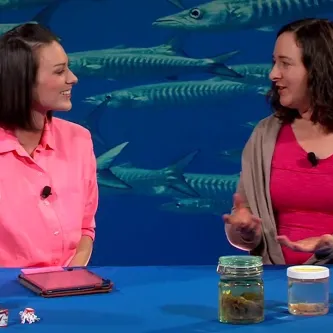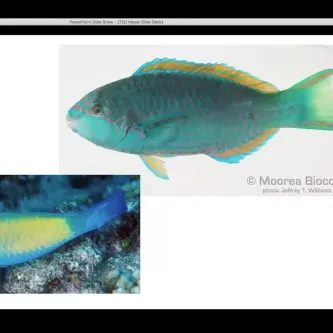Search
What Is Biodiversity?
Biodiversity
Biodiversity is the extraordinary variety of life on Earth — from genes and species to ecosystems and the valuable functions they perform. E.O. Wilson, the noted biologist and author who coined the term “biodiversity,” explains it as “the very stuff of life.”
For at least 3.8 billion years, a complex web of life has been evolving on Earth. Millions of species inhabit land, freshwater, and ocean ecosystems. All species, including human beings, are intricately linked by their interactions with each other and the environments they live in.
Biodiversity — short for biological diversity — is the variety of all living things and their interactions. Biodiversity changes over time as extinction occurs and new species evolve.
Scientists often speak of three levels of diversity: species, genetic, and ecosystem diversity. In fact, these levels cannot be separated. Each is important, interacting with and influencing others. Changes at one level can cause changes at other levels.
What Is a Species?
Species come in all shapes and sizes, from organisms so small they can only be seen with powerful microscopes to huge redwood trees. They include bacteria, protozoa, fungi, flowering plants, ants, beetles, butterflies, birds, fishes, and large animals such as elephants, whales, and bears. Each species is a group of organisms with unique characteristics. An individual of a species can reproduce successfully, creating viable offspring, only with another member of that species.
We are still learning about how many species exist and how they relate to each other and their environment. Current estimates are of about 10 million species on Earth, of which only about 1.9 million have been named and catalogued. Scientists race to catalog species before they go extinct. An "endemic" species occurs in a particular area and nowhere else.
New species are still being discovered, for example by scientists from the Smithsonian National Museum of Natural History. Entomologist Dr. Jonathan Coddington and colleagues published the discovery of the largest web-spinning spider (Nephila komaci) in the world in 2009. In 2012, Dr. Terry Erwin and colleagues discovered 177 species of parasitic wasps. Using submersibles to study deep coral reefs, Icthyologist Dr. Carole Baldwin continues to encounter new species of fish. The study of fossils reveals new species from the past that are now extinct. For example, Paleobiologist Dr. Nick Pyenson and colleagues discovered that the diversity of sea cow species used to be higher on Earth.
When a new species is discovered, it is given a name. Scientific naming follows certain rules or conventions. A new species is assigned to a genus based on its relatedness to other organisms. Its unique species name may be related to one characteristic that makes the species different from others, the place it was found, or can have the name of a colleague.
In 2013, Smithsonian Mammalogist Dr. Kristofer Helgen and colleagues named the first new species of carnivorous mammal recorded from the Americas in 35 years. Its relatedness to "olingos" placed it in the genus Bassaricyon, while its species name, neblina, refers to the Andean cloud forests (neblina = "fog") in which it was found. A new species of jellyfish discovered by Dr. Allen Collins was given the scientific name of Tamoya ohboya, thanks to a teacher's claim that people said "oh boy" when they saw it.
What Is Genetic Diversity?
Biodiversity includes the genes that every individual inherits from its parents and passes on to the next generation. Genetic diversity is found everywhere, from the variety of songs and feather colors of birds to the colors, tastes, and textures of apples and other foods. Genetic variation, which determines the extent to which individuals can adapt to their environments, is extremely important to their survival.
A genome is the complete set of genetic material (i.e., DNA) of an organism. To preserve Earth’s genomic diversity, scientists at the National Museum of Natural History are collecting and freezing hundreds of thousands of DNA samples. The collection will be used for the new field of genomics, a discipline that sequences, assembles, and analyzes the function and structure of genomes, providing information into the future about plants, animals, fungi, bacteria, and protists, even those that are extinct. The Smithsonian's repository of DNA is just one of many that together make up the Global Genome Project that seeks to preserve genetic samples from every species on Earth.
What Is Ecosystem Diversity?
Genes determine the traits of individuals that form populations of a species. Individuals from different species interact to form communities. These interact dynamically with non-living environmental components, such as water or minerals, to form an ecosystem. Some ecosystems such as tropical forests and coral reefs are especially complex and host a large number of species. Other ecosystems such as deserts and Arctic regions have less complexity and thus a lower number of species, but all those species are ecologically important and some are endemic to that ecosystem.
Monitoring Biodiversity
Many Smithsonian scientists are working on ways to monitor and measure biodiversity over time. Smithsonian Conservation Biology Institute scientists Dr. Francisco Dallmeier and Dr. Alfonso Alonso developed a Framework for the Assessment and Monitoring of Biodiversity. The framework provides guidance about how to go about designing and implementing assessments and monitoring programs, how to report the information gathered, and how to use the gathered scientific information to track the conditions of ecosystems and the species that inhabit them.
For more than three decades, Smithsonian scientists and institutional collaborators with the Forest Global Earth Observatory (ForestGEO) have been studying forest biodiversity and function at more than 60 sites around the world. A newer initiative, the Marine Global Earth Observatory (Marine GEO), brings together Smithsonian marine scientists from the U.S., Belize, and Panama to collaborate with colleagues from around the world to monitor ocean ecosystems.
Botanist Dr. John Kress took a leadership role in 2006 when the Smithsonian and five other international scientific organizations founded what is now Consortium of Scientific Partners on Biodiversity and has grown to include 24 major scientific organizations as partners. The Consortium looks for innovative ways to investigate biodiversity and explore solutions to loss of biodiversity as humans continue to interact with the biosphere.
